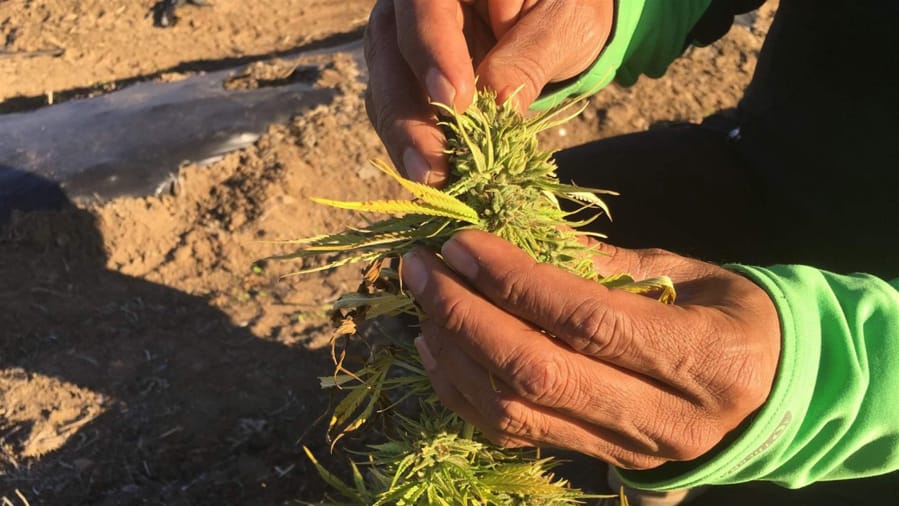PHOENIX, Ore. — Ajit Singh strode across his 16-acre hemp field toward a broken-down harvester. He’d been hoping all day that the mechanic now crouched beside the machine could get it back up and running.
It was late October and Singh still had thousands of stinky green and purple cannabis plants across 425 acres to pick, dry and sell before winter. Like many hemp growers here in Jackson County, Ore., he was harvesting slowly, facing a mold problem and unhappy with prices offered by potential buyers.
“We want a better price,” said Singh, a soil scientist and former garden store owner — and, he said, he was prepared to hold out for one. He sold 50 acres of hemp for $70 a pound last year and now was being quoted prices less than half that.
Hemp growers nationwide scaled up this year after Congress legalized the nonpsychoactive cannabis. They hoped to cash in on the booming market for cannabinoids such as wellness darling CBD, an ingredient in oils, tinctures and salves. But as harvest winds down, it’s likely that many growers will go bust.



